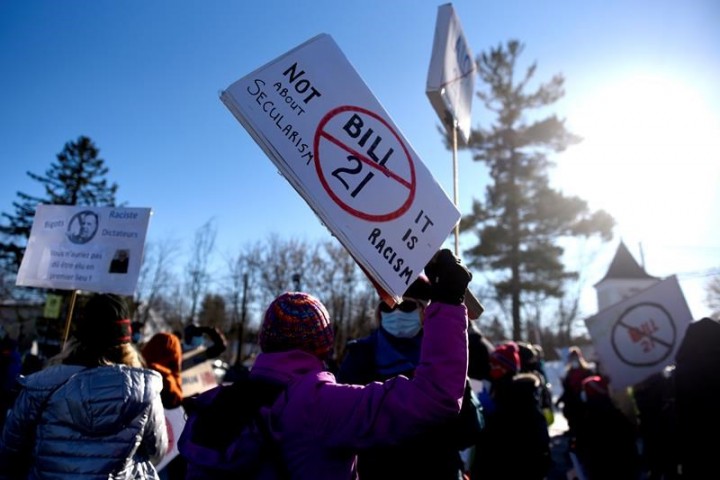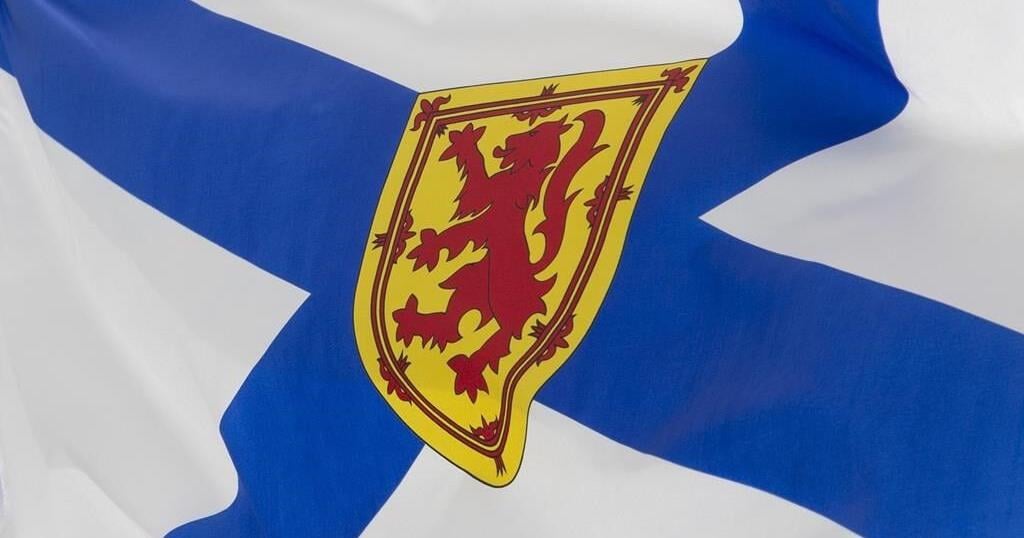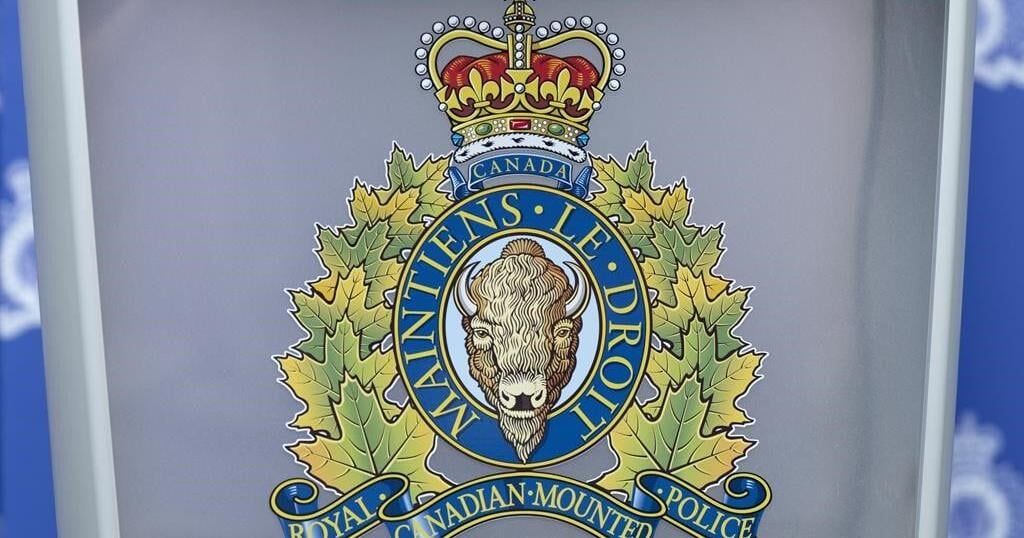MONTREAL — Religious minorities in Quebec are feeling less safe, less accepted and less hopeful since the province passed its secularism law three years ago, a new survey suggests.
The results published Wednesday by Léger and the Association for Canadian Studies reveal that Quebecers who identify as Jewish, Muslim or Sikh report “broad-ranging, disruptive and profound negative impacts” stemming from the 2019 law, which bans public sector workers deemed to be in positions of authority from wearing religious symbols on the job.
“Muslim, Jewish and Sikh respondents describe being exposed, in their daily lives, to attitudes and behaviours that directly impact their sense of acceptance and safety, civic engagement and sense of fulfilment, well-being and hope,” the study authors write.
“The waning of hope for the next generation is especially striking in all three communities.”
Miriam Taylor, the director of the study, said it was women who were most likely to report feeling less safe than they did three years ago.
“For women there was also a feeling that their ability to speak freely in public had worsened in all three communities,” said Taylor, who is the Association for Canadian Studies’ director of publications and partnerships.
Muslim women reported some of the greatest impacts, with over 70 per cent of respondents saying they felt less safe and over 80 per cent saying they felt less hopeful for the next generation than when the law known as Bill 21 was adopted.
Sikhs, while they represented a much smaller pool of respondents, also reported a “significant” deterioration in indicators that measure fulfilment, well-being and hope, “with in almost all cases, more than 75 per cent reporting a worsening of their situations,” the study found.
While the decline in indicators of engagement was less marked among Jewish respondents, over half said the feeling of being accepted as a full-fledged member of Quebec society had worsened over the last three years, and nearly 40 per cent of female Jewish respondents said they felt less inclined to participate in social and political life.
Members of all three religious communities reported exposure to hateful incidents at levels far above those experienced by the general population, and some provided examples that ranged from insults to someone trying to run them over with a truck.
“People were spat at and had their hijabs ripped off and their turbans threatened,” said Taylor, who added that even religious minorities who did not wear religious symbols had felt their sense of safety and engagement decline.
The study found that overall support for the law among the general public has remained steady since its inception, with about two-thirds of respondents in favour. But here, too, Taylor said the responses show “nuance.”
A majority of respondents — 64.5 per cent — felt is was important for the Supreme Court of Canada to decide whether the law is discriminatory, and fewer than half of those surveyed said they could continue to support it if the court were to decide it violates the Charter of Rights and Freedoms.
And despite overall high support for the law, only 39.2 per cent of respondents agreed that a public servant who disobeys it should lose their job, Taylor pointed out. Teachers, police officers, judges and prison guards are among those prohibited from wearing religious symbols under the law.
Support for the law is also lower among women — 59 per cent compared to 68 per cent among men — and is especially low among those who are younger.
Taylor said the survey showed that those who support the law most strongly are also the least likely to report interactions with non-Christian religions, which shows that their negative opinions “are not rooted in real experience.”
She said it’s impossible to measure exactly how much of what religious minority members are experiencing is tied directly to the law.
“Social climate is a very complicated thing to measure, but some of this is due to Law 21,” she said. “It can’t be an accident that you have these consistent numbers across the board.”
The study results were created by combining a Léger web survey of the general population with the Association for Canadian Studies’ polling of religious minorities, and weighing the results to better represent the general population.
In total, 1,828 Quebecers — including 632 Muslims, 165 Jews and 56 Sikhs — were questioned for the study, which does not have an official margin of error because it was conducted by web panel.
This report by The Canadian Press was first published Aug. 10, 2022.
Morgan Lowrie, The Canadian Press
Related

































